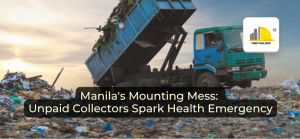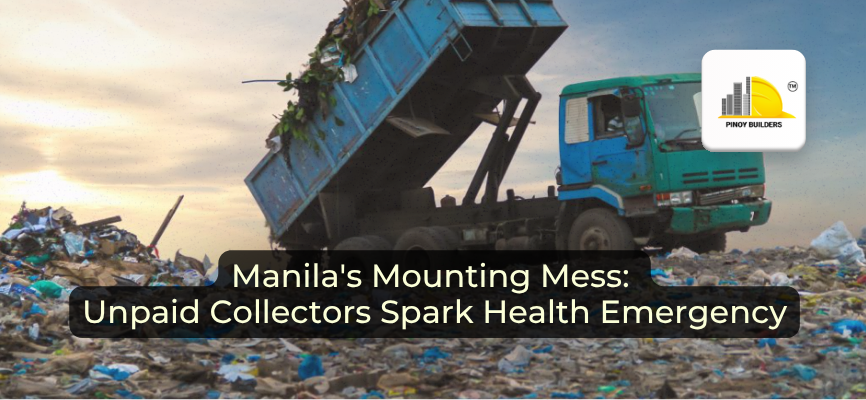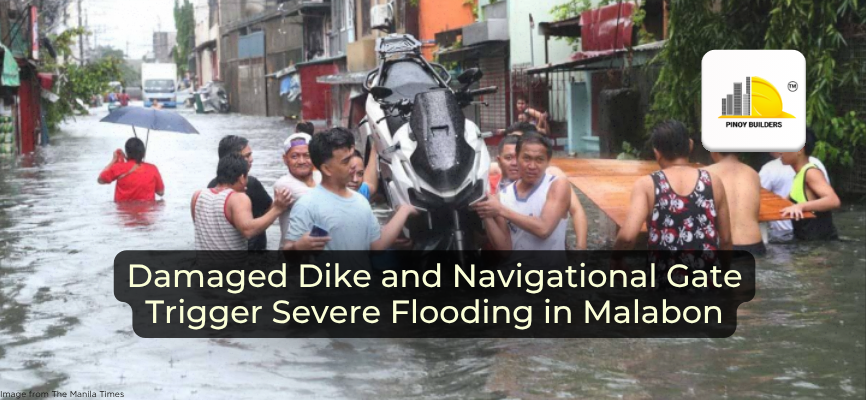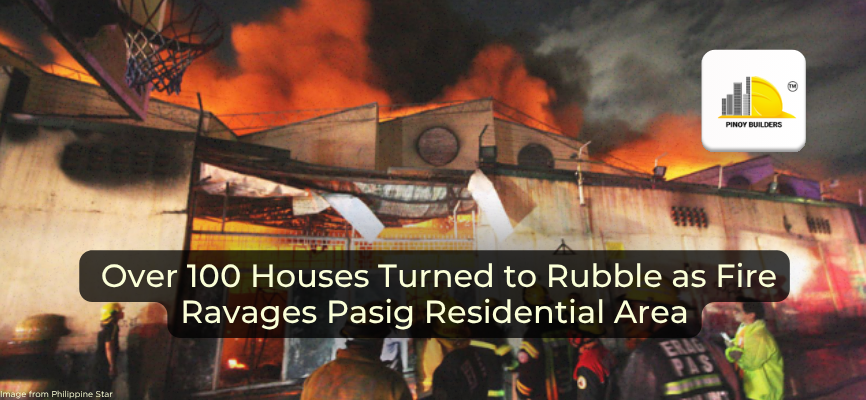Sustainable building practices are on the rise around the world, and most professionals agree that it should be the norm in the industry. The benefits are favorable in more ways than one, and no other organization understands this better than the Philippine Green Building Council. Its Chief Executive Officer, Christopher de la Cruz, was gracious enough to share his thoughts with Pinoy Builders about his association, the green building movement, and the future of sustainable building in the Philippines.
The Philippine Green Building Council (PHILGBC) is a non-profit organization that was incorporated back in March 27, 2007. It is dedicated to sharing and promoting green building practices to the country and the industry. Currently, the council is running a certification program called BERDE, wherein they certify properties on the sustainability scale.
According to Mr. de la Cruz, one of the main goals of BERDE is to educate people on what makes a structure eco-friendly, along with informing them if the property they own or are currently using is a green building. The advantages of having a property eco-friendly and BERDE-certified ranges from ecological considerations to financial intentions. The PHILGBC, along with numerous industry professionals, are keeping an eye on the movement’s international progression.
BERDE is also looking to deter the practice of developers and property owners who falsely assert that their structure is eco-friendly despite the makeup of their buildings saying otherwise. Mr. de la Cruz expressed disappointment in those who claim such things because of the misconception that having an interior garden, or a few energy-saving appliances automatically makes their buildings green and healthy.
BERDE is looking to rectify such notions. The program inspects properties thoroughly, looking at the materials they bought, the water waste system, technologies, and so on before deciding on what its rating is.
BERDE RATING
★★★★★ – 91 and above World Class
★★★★ – 81 to 90 Exemplar Practice
★★★ – 71 to 80 Ideal Performance
★★ – 61 to 70 Good practice
★ – 51 to 60 Minimum practice
The rating your building receives can be used for either gauging how well a building is designed or for positive PR, which indicates that the owner is an advocate of green building. The rating system is specially designed for local use. Given the country’s specifics in general climate and temperature, it is far more accurate for the target audience than other foreign rating systems. While using the latter is not at all discouraged, the BERDE system was designed to be responsive to our country’s environmental priorities and aligned with local regulations, laws and standards.
The effort is not without some challenges. Lingering misconceptions also mar the efforts in encouraging green building. For example, they are working to alleviate the perception that the venture is costly and not worth the extra trouble. While there is some truth to this, depending on the design inputs such as use of innovative technologies or the general design of the structure, the advantages still would outweigh the concerns, especially when it comes to quality vs cost arguments and on how savings from operating a green building would be beneficial to the bottom line profit vs. perceived initial first costs. Mr. de la Cruz remarked that when it comes to developing or designing buildings, the output should be something you would be proud to have your family stay in. After all, no one wants their loved ones to live in something drab and awful.
There is also the matter of educating people on managing a green building. Basically, a building only remains eco-friendly if its people take care of it. That means manual energy/water conservation and overall structure maintenance.
For the future of the country, Mr. de la Cruz expressed solid optimism and only has profound respect for the government’s infrastructure programs such as the Build, Build, Build venture. He hopes that the succeeding administration will continue to support such efforts. He is also looking forward to a brighter tomorrow for the whole of Manila and hopes that present and future construction professionals will work hard in revitalizing it. He and the PHILGBC will continue their efforts in educating and promoting green construction.
![]()








